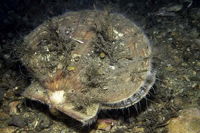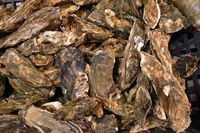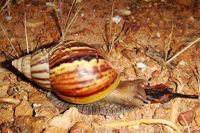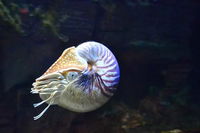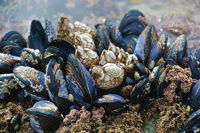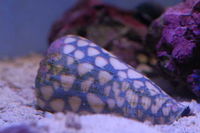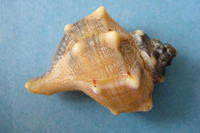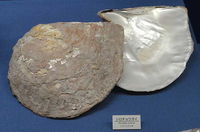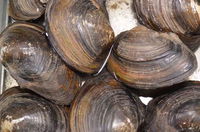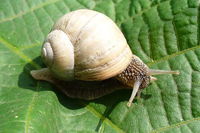
Hide in Your Shell Trivia Quiz
With over 75,000 extant species, mollusks form the second-largest phylum of invertebrate animals. All the species mentioned in this quiz are remarkable for their shells, as well as being significant in various aspects of human culture.
by LadyNym.
Estimated time: 3 mins.
- Home
- »
- Quizzes
- »
- Animal Trivia
- »
- Invertebrates
- »
- Mollusks
